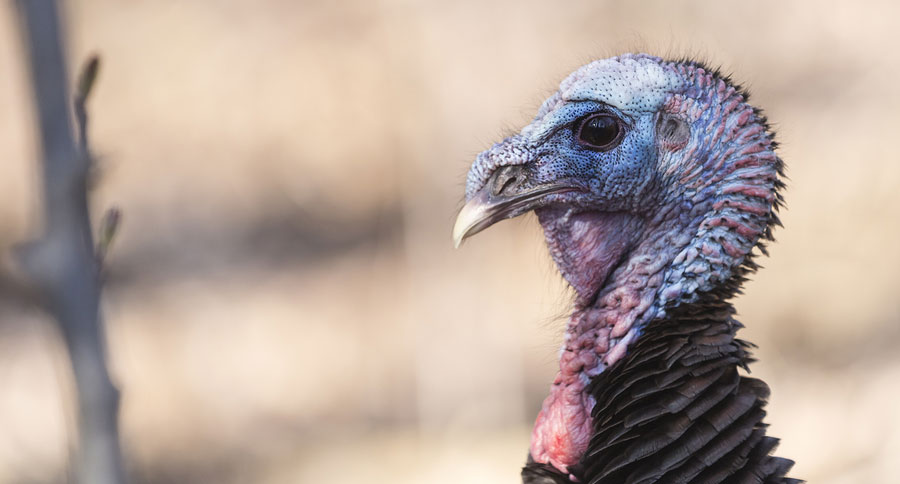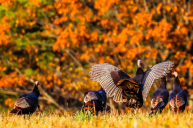Turkey hunting is going to be a little different in South Carolina next year.
Starting next spring, South Carolina will implement several new hunting regulations in an effort to reverse the decline of the wild turkey population.
Not only did the state agree to return to split spring turkey hunting seasons, but it also decided on a one-bird bag limit within the first 10 days of the season.
Additionally, while resident hunters can still harvest three birds over the course of a season, nonresident turkey hunters can only harvest two.
"There was some angst about that among some folks and I think that prompted the legislature to include a sunset provision, in other words a self-destruct mechanism that had the legislation time out," Charles Ruth, Big Game Coordinator for the South Carolina Department of Natural Resources, told The Post and Courier. "It also included a provision for DNR to study the issue and report back to the legislature in November of 2018."
Game Zones 1 and 2 will host a season from April 1 until May 10, and Game Zones 3 and 4 will host a season from March 22 until April 30. This means each season will only run for 40 days, whereas the season previously ran for 47.
The state will now also charge a fee for turkey tags, despite the fact they were free a year ago. Resident tags are only $5 for the set of three, and nonresident tags are $100 for the set of two.
According to Ruth, the DNR and Louisiana State University professor Brett Collier worked together on a federally funded study to determine the best time for a hunting season by analyzing the timing of gobbling and roosting.
"Understand, we're hunting turkeys at the same time they are trying to reproduce," he said. "People say that we hunt deer at the same time they are breeding, but deer don't have their offspring until seven months later. Turkeys are doing everything at the same time."
The state aims to monitor the hunting seasons for the next three to five years to determine whether or not this strategy is effective.
NEXT: CHESAPEAKE BAY BLUE CRAB POPULATION SEES 60-PERCENT INCREASE
WATCH




